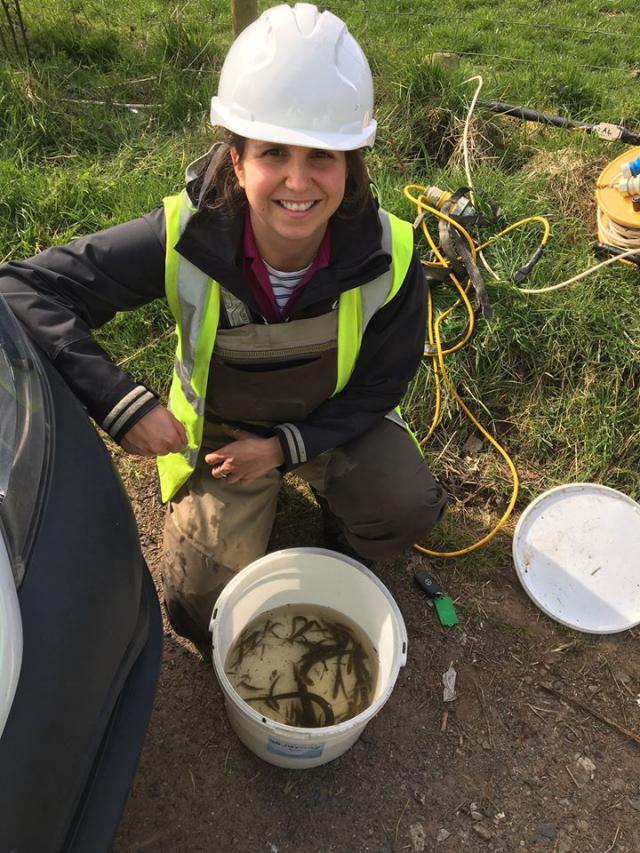Latest News
GFT creates a Galloway Rivers Standard for Timed Electrofishing
A review of recent timed electrofishing data on the Luce and Urr in relation to a Galloway Rivers Standard
Searching and Celebrating Sparling this Spring
It is that time of year again where GFT begin our search or the sparling during their annual spring migration to the upper tidal limit of the River Cree. This year we hope to run several events on the banks of the River Cree to celebrate sparling!
Bladnoch Hatchery Update
The GFT and Bladnoch DSFB are running a hatchery programme this year to stock the upper Tarf to help ameliorate acidification problems and help recover salmon stocks in key areas.

